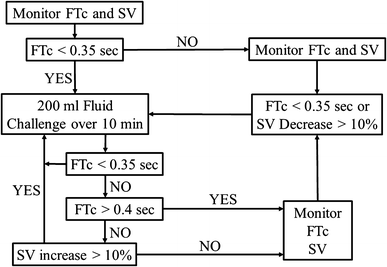
In 1966, Haddon became the first Administrator of the U.S. Haddon's suggestion ( 7) that injury prevention depended on controlling the agent-energy-led him to develop strategies later applied to preventing motor vehicle-related injuries ( 8). One of the most noteworthy advances came in the work of William Haddon, Jr., an engineer, public health physician, and director of the New York State Department of Health, who is often considered the father of modern injury epidemiology. The 1960s brought new attention to injury prevention research and new scientific approaches. Key Developments in Unintentional Injury Prevention since 1961 The next step would be to design interventions to break the causal chain. This discovery helped clarify the energy transfer theory of injury causation as the missing component in understanding the epidemiology of traffic injuries ( Figure 1). In an automobile crash, for example, the agent of injury is kinetic energy released on the host in amounts beyond human tolerance. This energy (the agent of injury) may be kinetic, chemical, thermal, radiatory, or electrical and, when released, can cause tissue damage or functional impairment. Ten years later, in 1959, James Gibson, an experimental psychologist who applied traditional epidemiologic methods to the study of injuries, concluded that injuries to a living organism can be produced only by some form of energy exchange ( 6). He further explained how injury, like disease, was the product of at least three sources: the host, the agent, and the environment. Gordon suggested that injuries, like classic diseases, were characterized by epidemic episodes, seasonal variation, long-term trends, and demographic distribution ( 5). This discovery later allowed for engineering designs that prevented or modified energy exchange, such as seat belts, dashboard padding, automobile crush zones, and bicycle helmets.

He observed that the type of force and its distribution across the body contributed to injury ( 4). Hugh De Haven studied cases in which persons fell 50-150 feet without sustaining serious injury. The scientific approach to injuries developed during 1940-1950 laid the groundwork for a public health understanding and response ( 3). However, an epidemiologic framework for the ways these approaches work to reduce injuries was not available for another 40 years. In 1923, Julian Harvey introduced the three Es (education, engineering, and enforcement) to control the causes of accidents ( 2).
Guiding principle of intervention trauma directed care trial#
Injury or accident prevention progressed largely by trial and error. The National Safety Council was founded in 1913 as a clearinghouse for safety data and information, which previously had been lacking. Epidemiologic data were difficult to obtain, and patterns in injuries had not been systematically reviewed. Many public health officials believed that injury prevention was outside the realm of scientific inquiry because it could not be predicted or controlled. Many consider the first 50 years of the 20th century as the prescientific era of injury control because of the prevalent perception at the time that injuries resulted from inevitable, random, or unavoidable events, termed accidents. Perspectives on Unintentional Injuries and Public Health Since 1961, when MMWR was first published by CDC, progress has been made in developing the science of injury prevention and control, creating surveillance systems to capture injury mechanisms and intent, and establishing a scientific framework to address injury prevention and treatment.

The science of injury prevention and control encompasses activities from primary prevention through treatment and rehabilitation.

In addition, injuries and violence have a major effect on the well-being of Americans by contributing to premature death, disability, poor mental and physical health, chronic disease, and other health conditions, as well as high medical costs and lost productivity. Nearly 180,000 persons die each year from unintentional injuries or from acts of violence, and one in 10 sustains a nonfatal injury serious enough to require treatment in a hospital emergency department ( 1). Injuries are the leading cause of death of persons aged 1-44 years and a leading cause of disability among persons of all ages, regardless of sex, race/ethnicity, or socioeconomic status. Unintentional injuries and injuries caused by acts of violence are among the top 10 killers of U.S. Injuries and violence are widespread in society. Sleet, PhD, Division of Unintentional Injury Prevention, National Center for Injury Prevention and Control, CDC, 4770 Buford Highway, MS F62, Atlanta, GA 30341 Telephone: 77 Fax: 77 E-mail: Introduction 1 National Center for Injury Prevention and Control, CDC, Atlanta, GeorgiaĢ Center for Global Health, CDC, Atlanta, GeorgiaĬorresponding author: David A.


 0 kommentar(er)
0 kommentar(er)
